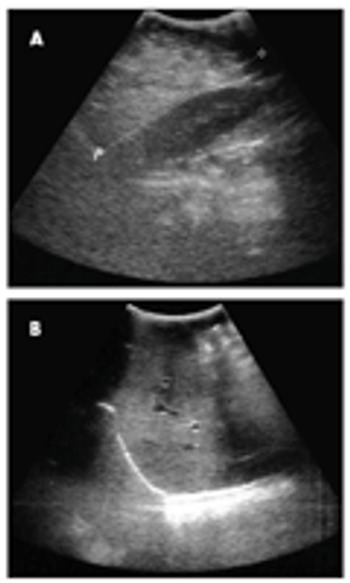
The new law that applies to all businesses -- including doctor's offices -- is pushed back from August 1 to November 1.

The new law that applies to all businesses -- including doctor's offices -- is pushed back from August 1 to November 1.

Where do most emergency department cases of poisoning get their poisons from? Not from under the sink: try the medicine cabinet.

There's a vitamin D deficiency in a shocking seven out of 10 US children, according to research in Pediatrics.

If a parent loses a job, he or she may not be the only one developing an ulcer as a result of it.

As August approaches, don't forget it's time for National Immunization Awareness month.

Part 1 of a look at community-acquired pnemunia, the various bacteria that cause it, and how to diagnose it.

A collection of Web resources for parents in the military and their children, with support, information, and resources.

Details the mental stresses facing the child of a military parent: moving, desployment, limited communication, and potential injury or death of the parent.

A history of mnemonics related to pediaitrcs, combined with a first look at a new mnemonic for diagnostics that runs from a to z.

A 3-month-old is rushed into hospital after he stopped breathing; he is diagnosed with benign teratoma.

The eighth in a year-long series of commentary reviewing topics published in Contemporary Pediatrics 25 years ago. This month's review reexamines the evidence for teaching testicular self-exams to young men.

The Food and Drug Administration weighs in about whether to approve schizophrenia medication for adolescents.

Dr. McMillan tells of two infants for whom medicine offers no cures, and no treatments.

A letter clarifies that hemlets are worn to decrease the severity of an injury: complete protection from injury is not possible.

A child is born with congenital melanocytic nevi.

Reviews of three pediatric articles: a quicker way to evaluate a child's blood pressure, giving parents a choice of oral or IV fluids for their kids, and a study on early weight-based stereotyping.

Thirteen year after 11 children enrolled in a clinical trial died, Pfizer has agreed to pay $75 million in damages.

It's time to find who you really are, colic.

The words "hospice" and "palliative care" have long made parents cringe -- and they might scare off some pediatricians, too.

It?s a choice that no parent wants to make, or even consider. But in certain cases, the AAP now says, it can be an ethical choice.

Obesity in younger, poverty-level children may be stabilizing, according to new CDC data in the Morbidity and Mortality Weekly Report (July 24).

Sometimes it is difficult to determine whether a testicle is fully descended.

When I repair facial lacerations on toddlers, I find that they are likely to start pulling at the bandage as soon as I put it on.

A 6-month-old boy was hospitalized because of fever and suspected central line sepsis. He had been receiving total parenteral nutrition (TPN) since shortly after birth following a small-bowel resection, which was performed to repair a midgut volvulus. Abdominal ultrasonographic findings after the procedure were normal. The infant was born at term after an uneventful pregnancy and delivery. Alkaline phosphatase and γ-glutamyl transpeptidase levels were elevated, without hyperbilirubinemia. An ultrasonogram showed hyperhomogeneous and nonhomogeneous echogenicities of the liver, consistent with fatty changes and fibrosis.

Parents of a child who has a seizure and a fever may be concerned about epilepsy. They probably won?t be happy to learn it might be swine flu.

Pollution and pregnant women don't mix, and can severely impact children's IQ, according to a new environmental study.

The president sat down with children's health leaders to discuss how to fix health care.

A new list from the American Society of Anesthesiologists can educate parents and reduce children's anxiety prior to a procedure.

If a practitioner sees an underweight adolescent female, she might be suspected to have anorexia nervosa. But what if that teenage patient is male?

Alberta Children's Hospital in Calgary, Canada, has isolated one of its units due to three swine flu cases, according to health officials.